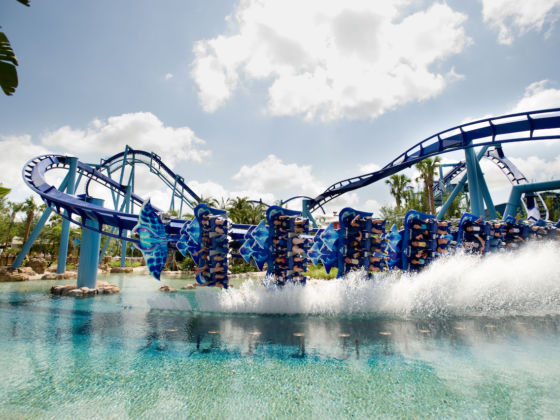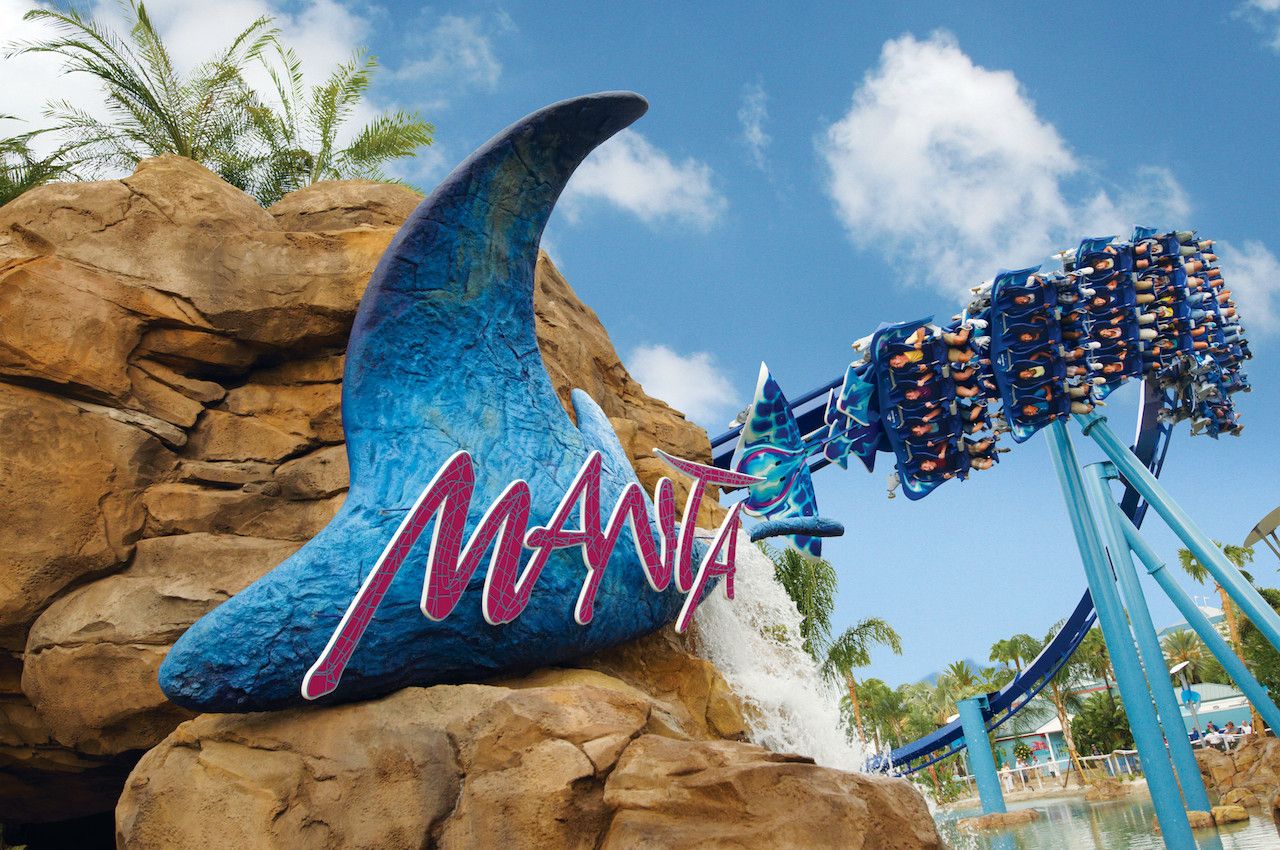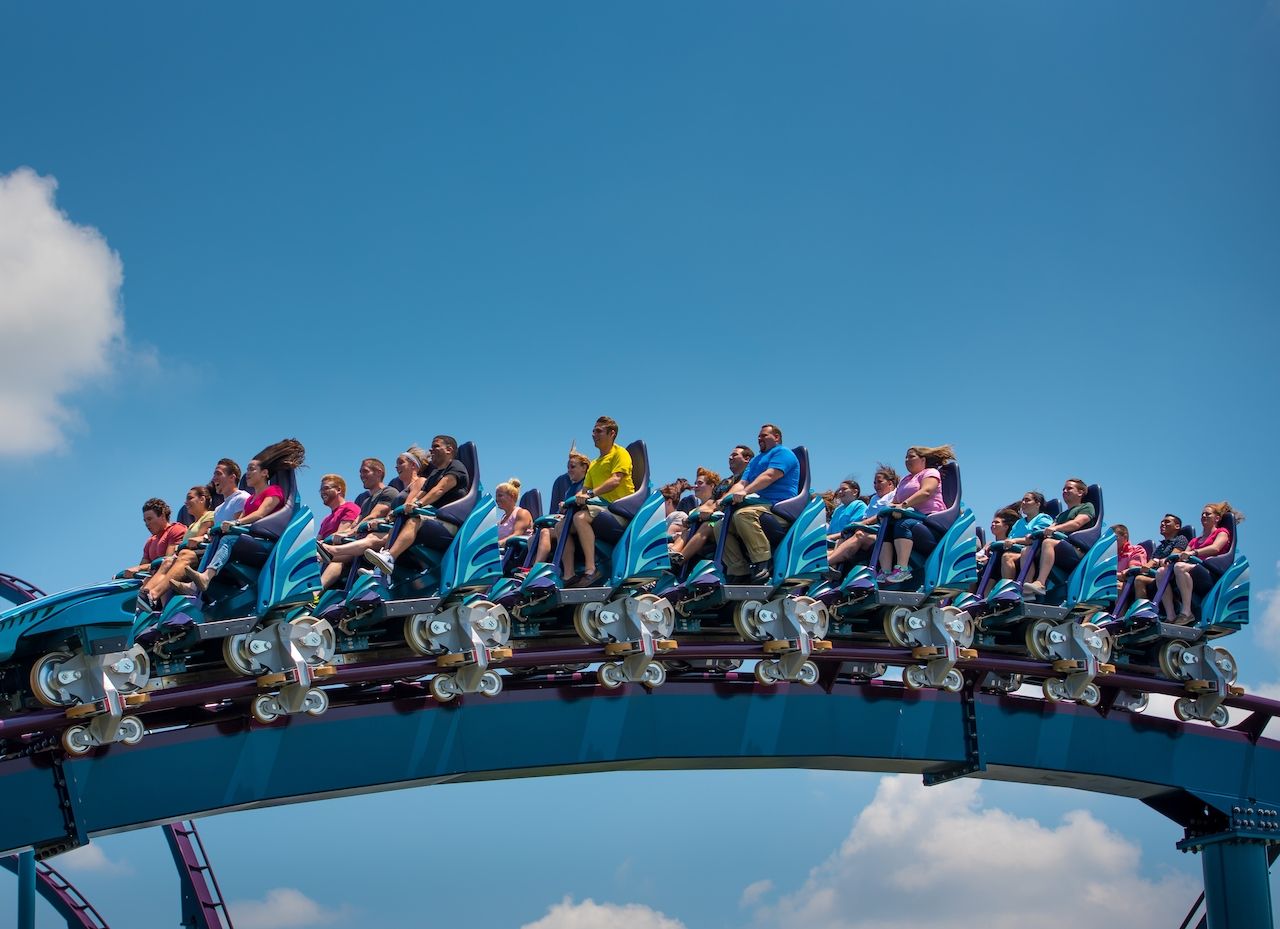When you’re falling towards the ground at 165 miles an hour, you really don’t have time to think about everything that went into making that terrifying moment happen. In the adrenaline-pumping moments riding a big-time roller coaster, it’s hard to imagine it was all carefully planned out years ago by a team of creative designers.
But roller coaster thrills don’t happen by accident, and the people who design every loop, bank, inversion, and drop spend literally half a decade crafting your experience. We chatted with Jeff Havlik, a roller coaster design expert with renowned design firm PGAV Destinations, who has designed such coasters at the Manta at SeaWorld Orlando and the Parrot Coaster at Chimelong Ocean Kingdom in Guangdong, China. He gave us some rare insight into the action-packed world of roller coaster design.



